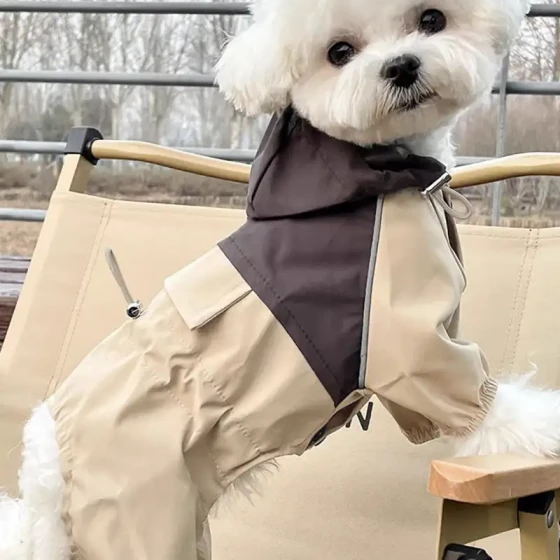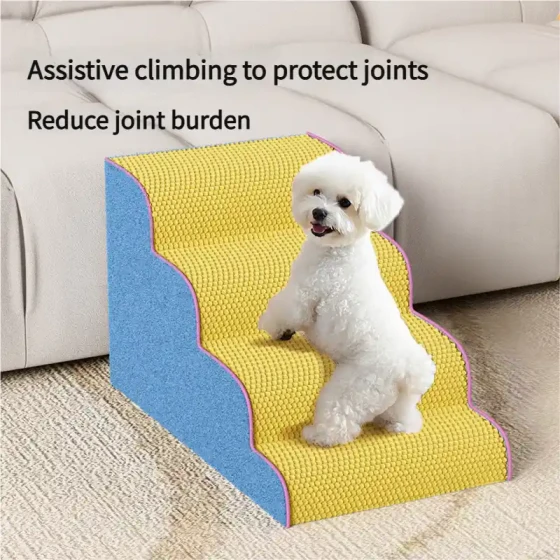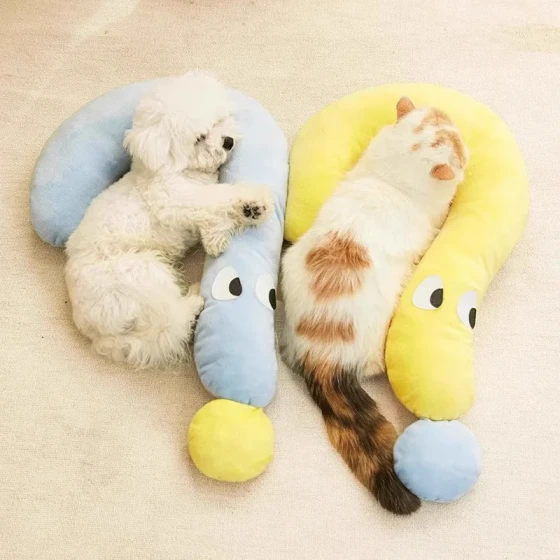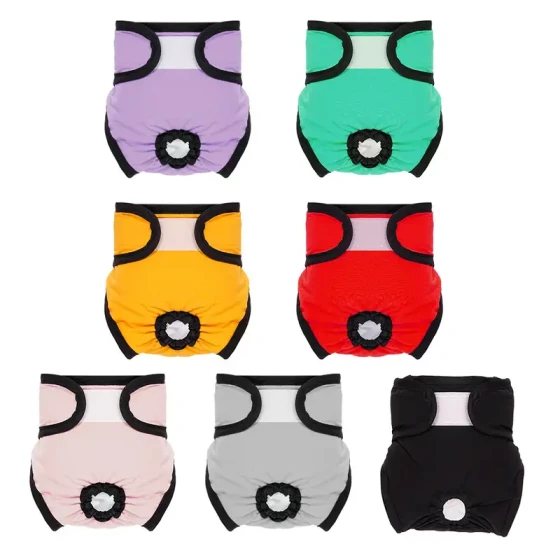Six Misconceptions About Dog Paws

Misconception One: What's interesting about dog paws? Aren't they all the same?
Yes, whether you look from the left or right, above or below, they are all dog paws. That is because the bone structure of all dogs' feet is basically the same, and also because we have not carefully observed and compared them. Just by external features, you can tell the differences. Some dogs have round, arched paws with four toes tightly curled, resembling cat paws; we call these cat-shaped paws. Some dogs have slightly longer paws with the middle two toes protruding, like rabbit feet, called rabbit-shaped paws. Did you know that some dogs have webbing between their toes like ducks, which makes them excellent swimmers? However, we don't call them duck-shaped feet because their appearance is unlike duck feet. Additionally, some dogs have large and thick paws, like wearing two pairs of big snow boots, with abundant protective hair growing between the toes and pads.
Misconception Two: All dogs have five front toes and four back toes, and dewclaws are vestigial and optional.
If you change "all" to "most," this statement becomes true. Some dogs are born with dewclaws on their hind legs, usually due to poor genetics. These are indeed vestigial parts with little significant function and can be removed. Dewclaw removal is generally done within 10 days after birth and is a simple surgical procedure. The purpose of this surgery is to prevent future injuries caused by dewclaws, or pain caused by overly developed dewclaws embedding into the limb. Also, some people request it for aesthetic reasons, as long, straight legs may be visually disrupted by dewclaws.
In professional dog shows, it is not required for all dogs to remove dewclaws; there are distinctions among "must remove," "optional to remove," and "must not remove." For example, the Great Pyrenees and Anatolian Shepherd dogs can have two dewclaws on one hind leg. The former must retain them, while the latter are allowed to have them removed.
Misconception Three: Each dog breed may have different paws, but the four paws of one dog should be the same.
They may look the same, but the functions of the four legs are different, so differences are inevitable. Surprisingly, breed standards explicitly state that they are not necessarily the same.
Front paws bigger, rear paws smaller: Dandie Dinmont (big difference between front and back), West Highland White Terrier, Welsh Corgi (Cardigan), Dachshund, Scottish Terrier — roughly, all are short-legged, long-bodied dogs. Front paws smaller, rear paws bigger: Cairn Terrier, Rottweiler (specifically, their toes are longer), Bulldog (similar to Rottweilers).
Misconception Four: The paws of a standard-conforming dog must never toe out.
Correct, paws with toes pointing straight forward and standing firmly look healthy. It's hard to imagine an adult Doberman, Great Dane, or Poodle with toe-out stance winning good awards. However, if it's a Scottish Terrier with slightly turned-out front paws, it may not affect the judge's evaluation because this toe-out is acceptable. Standards are not mechanical and do consider breed characteristics. This can be called a "recognized defect," as it does not affect the health of the breed.
Misconception Five: Dogs can naturally file down their toenails while walking, so no need to trim. Besides, without toenails, how can they walk?
Dogs are no longer wild animals; they do not need to roam for survival. The toenails worn down during normal play and running are insufficient to counterbalance their growth, so toenail trimming is necessary. Some owners never trim their dogs' toenails, causing them to break and split, which makes the dogs suffer greatly. In addition, dogs walk on their pads, and toenails have nothing to do with walking. Dragging sixteen long toenails is not only cumbersome but can also cause flat feet over time. If the floor is slippery and the toes can't grip tightly, it may lead to toe-out stance and abnormal walking.
Many show dogs have their nails trimmed very short shortly after birth (even shorter than usual), combined with proper training. As they grow, their pads become elastic and thick, producing beautiful, poised movements when standing and running.
Misconception Six: The hair on a dog's paw pads increases friction with the ground, helping walking.
Wrong! The opposite is true. The long hair growing between the toes acts like a solid lubricant, making dogs feel awkward when running. Over time, their limbs deform, and their gait looks unpleasant. More dangerously, it increases the risk of slips and falls causing serious injury.
At pet grooming salons, toenail trimming and paw pad hair trimming are done simultaneously. Every show-level dog has these "solid lubricants" completely removed, making their steps light, elegant, and stylish.




-560x560.webp)
